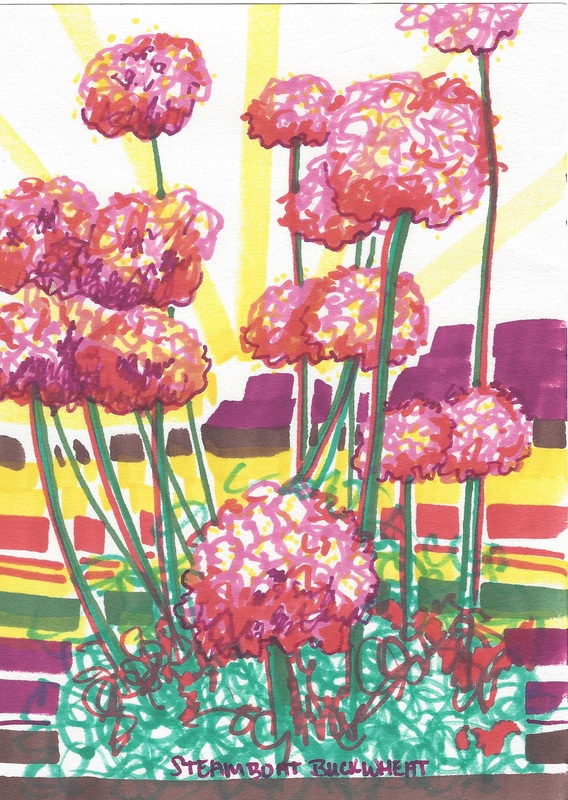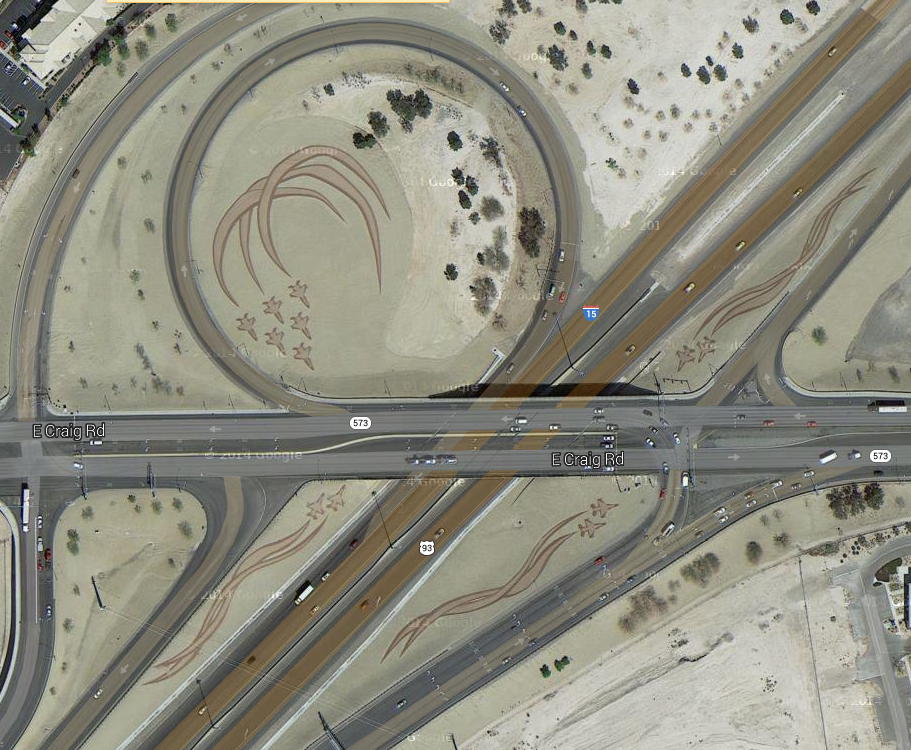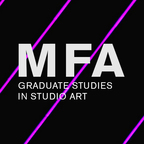The artists presented big ideas on how art can reside in public space. Each took their turn to talk about exploring environment and traffic patterns, scaling image to structure, or adapting design for foot traffic or anyone waiting for public transportation. Some renderings showed a direct response to strip mall or parking lot architecture within the sightline of their appointed metal square sculpture. A little footwork brought out deep thinking.
It may have shown how Nevada Department of Transportation’s (NDOT) interpretation of public art missed the onramp to great works. Granted, the scale is bigger and there’s a complicated infrastructure to negotiate, but the the 3 percent set aside for landscaping or enhancement (sometimes cited as high as 5 percent) would have been a well-budgeted public art process, not expensive decoration.
And NDOT isn't afraid to accept the works on the Interstates as public art. In a 2012 RGJ article “Public art’s link to Northern Nevada’s economy,” new works along the I-80 and U.S. 395 were covered. It said:
Among the pieces of public art folks might recognize are the cantilevered coffin that hides a gas manifold near the downtown movie theater, perforated gates at West Street Market and 15 sculptures near Interstate 580 and Fairview Drive in Carson City that capture frontiersman John C. Fremont’s exchanges with indigenous people living here.
(Paolo ) Cividino explained how the I580 sculptures change based on the viewer’s elevation.
“On the Fifth Street bridge, they’re invisible,” he said. “As the elevation changes your relationship to the sculptures, they begin to become somewhat more solid, like a ghost effect. And as you pass them, they become solid and there’s something magical and then they’re gone.”
He thinks public art increases the level of sophistication of a community.
That doesn't mean NDOT preparation and research wasn't robust, as seen in their paper trail that shows how they partnered with the Landscape Architecture and Planning Program at UNLV during the master planning to gather expertise and research on the "I-15 Corridor Plan." NDOTs use of landscape architecture, as internal thinking or farmed out to bidding firms, limited real public art foresight. The report read:
NDOT specified that the composition of the consultant team was to be truly multidisciplinary, with landscape architects, civil engineers, planners, designers, graphics professionals, a professional facilitator, and a web designer.
Having one or two could be helpful when making art. With minimal instruction and short window the artists selected by ZAP found visual interaction between neighborhood, and history, and experience. The outcome will be intimate storytelling.
It almost happened, by accident, at East Craig Road near Nellis Air Force Base. The landscaping forms a graphic of jets in flight. From a car it is read as an abstraction, fulfilling how roadside décor works as a traffic calmer. From above it is site-specific, and in its way, an accessible response to land art in the deserts of Nevada.
Viewership would not just by car or plane. Anyone planning a trip with Google Maps would see the graphic symbols as alternative way-finders.
After a decade of ZAP there are enough boxes that demonstrate how artists approach a simple box as public art. NDOT and landscape firms may want to take a tour of the new work that will be completed by early April. They may find someone to help design something, or hired to be on a panel, and help create more than the desert enigma made of rusted iron and concrete reliefs.



 RSS Feed
RSS Feed

